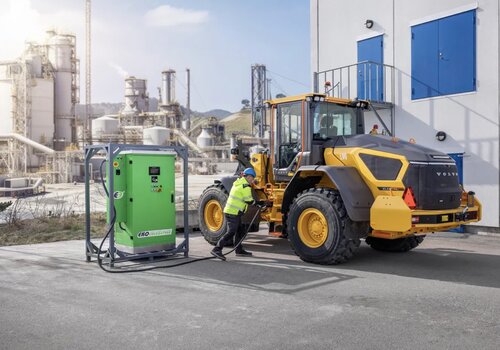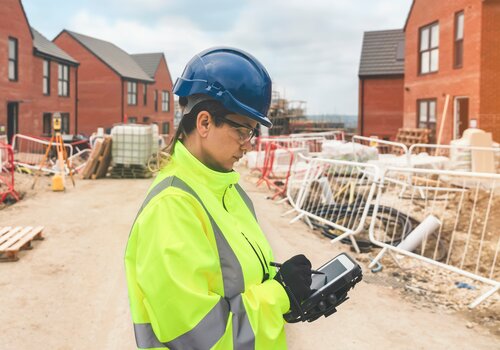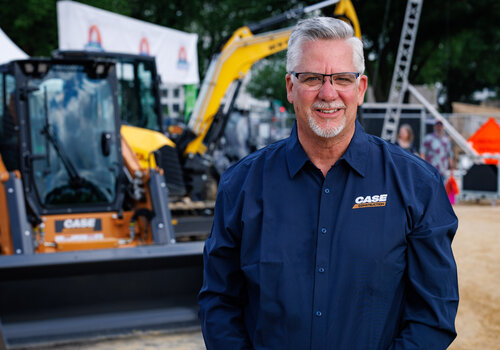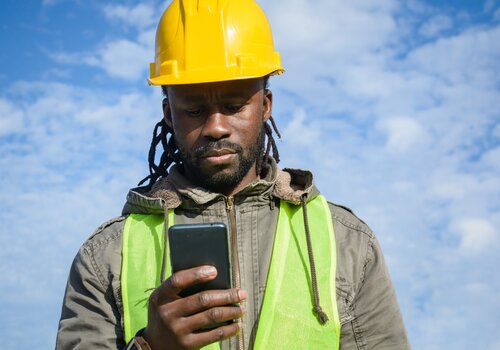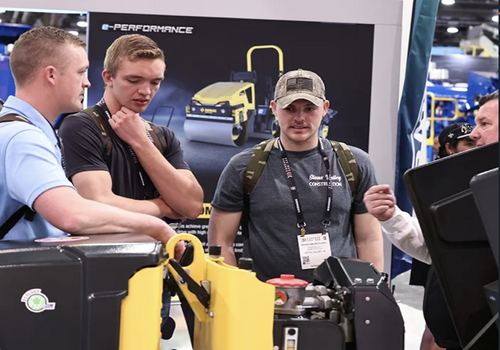BIM Software and AI Provide Data-Driven Insights on Construction Projects
On a construction job site, mistakes often lead to bad consequences such as injuries to workers, frustrating delays and costly rework, but in the virtual world, even the biggest blunders are pain-free and easily correctible, which is why digital twins are a valuable tool for construction teams.
What Are Digital Twins?
A digital twin is a virtual representation of a building, asset or jobsite that’s updated in real time as new data flow into BIM software. The digital twin harnesses data from sensors, BIM models, Internet of Things devices and other sources to monitor, simulate and optimize construction activity throughout the project.
When paired with artificial intelligence, digital twins help architects, owners, contractors and other stakeholders to collaborate, identify risks early on and make more-informed decisions. Through data-driven decision making, construction teams can recognize potential bottlenecks, coordinate deliveries to minimize disruptions, keep workers safe and improve asset allocation.
Real-Time Tracking
Nasibaunnisa Syeda, virtual design and construction lead at Urban One Builders, said digital twins allow contractors to monitor progress in real time, unlike traditional building models, which are “just static representations” of jobsites. In addition, digital twins enable construction teams to simulate and test scenarios such as structural failures and environmental impacts without affecting the physical asset, she said.
“By analyzing data from digital twins, we can make adjustments to improve efficiency, cut costs or extend the lifespan of the asset,” said Syeda, a featured speaker at last year’s BIM Coordinators Summit. “AI helps us analyze the vast amount of data collected by the IoT devices. AI-driven insights can help predict maintenance needs, optimize energy use and even suggest design improvements.
“Digital twins create a dynamic connection between the physical and digital worlds, giving us unprecedented insight and control over our projects,” she added.
Digital twins streamline projects by providing real-time data so stakeholders can make informed decisions more quickly and accurately, Syeda said. During the design phase, construction and even after construction, having current data allows construction teams to optimize their approach to tasks and processes.
With digital twins continuously pulling data from sensors, IoT and connected systems on jobsites, construction teams can react to issues promptly, Syeda said. For example, if the delivery of materials is delayed or an unexpected issue occurs, the digital twin can show the impact in real time, allowing teams to adjust timelines or reallocate resources immediately.
Digital Twins Stronger With AI
AI can help companies schedule workers and deliveries efficiently based on the current status of projects, not out-of-date timelines. Using historical data, construction teams can forecast potential delays, budget overruns and resource shortages. Meanwhile, wearable sensors can track worker productivity, and data analytics can identify patterns in workplace accidents and hazards to mitigate risks.
“Instead of making decisions based on outdated or incomplete data, digital tools ensure you’re always making decisions with the most accurate data at all times,” Syeda said.
On the “Data Masters Podcast” in March, Annette Cooper, director of data and analytics at the construction firm Graham, said digital-twin technology has the potential to be “game-changing” for the construction industry.
Using AI, stakeholders can compare the specifications of the digital twin to the as-built asset to identify differences and potential problems, Cooper said. Additionally, AI can be used to scan local building codes and compare them with design plans to identify problems early on.
In a simple example, Cooper pointed to a 50-story building in which the hallways are designed wide enough to meet local building codes. However, when contractors install handrails to enhance accessibility, the hallways no longer meet width requirements. Utilizing digital twins and AI, construction teams could recognize that problem before any concrete gets poured.
“Once you have built something, it’s very costly to unbuild it,” Cooper said.
Complete Data Analytics
Digital twins incorporate data from construction assets onsite, so teams can track the temperature, fluid levels, vibration and energy usage of internal components. Predictive maintenance minimizes downtime, preventing costly delays. Supervisors also can recognize when machinery is sitting idle, suggesting that it can be reallocated to another area or even another jobsite.
Syeda said large construction companies working on major infrastructure projects are leading the adoption of digital twins. Barriers for smaller firms include the high costs of implementation such as investments in sensors, cloud infrastructure and software tools.
In addition, smaller firms may lack the technical expertise to manage and analyze the voluminous data integrated by digital twins, and the construction industry as a whole can be slow to adopt new technologies, Syeda said. Even so, adoption is likely to accelerate as more stakeholders realize the power of digital-twin technology, she said.
“The benefits of digital twins are clear,” Syeda said. “They help us make better decisions with real-time data, reduce downtime with predictive maintenance, improve efficiency by cutting down errors and rework, and ultimately save time, money and energy. Whether it’s optimizing construction operations or ensuring long-term sustainability, digital twins have the potential to transform the way we work.”
Digital twins help to streamline construction projects, but with data analytics and AI, construction companies also can optimize their internal operations. Cooper said her construction firm is using machine learning to improve its estimating process, for example.
By looking at historical data before and after project completion, Graham can identify instances when its budget projections and timelines were significantly off and determine common root causes. Cooper said the company is looking to build a predictive model that will provide an early warning when projects aren’t making sufficient progress.
“We’re looking at how well we’ve estimated, and secondly, are there things we can see relatively early on, so 25% to 30% of the way into construction, that would give us a sense of whether the project was actually on track or whether it was already starting to go off track,” Cooper said. “Because the quicker we can get things back on track, the quicker we can protect that low [profit] margin.
“That’s a really interesting project that we’re working on and benefiting from all of the historical data that we have on project execution.”
Photo credit: SHUTTERSTOCK.COM/SHUTTERSTOCK AI


